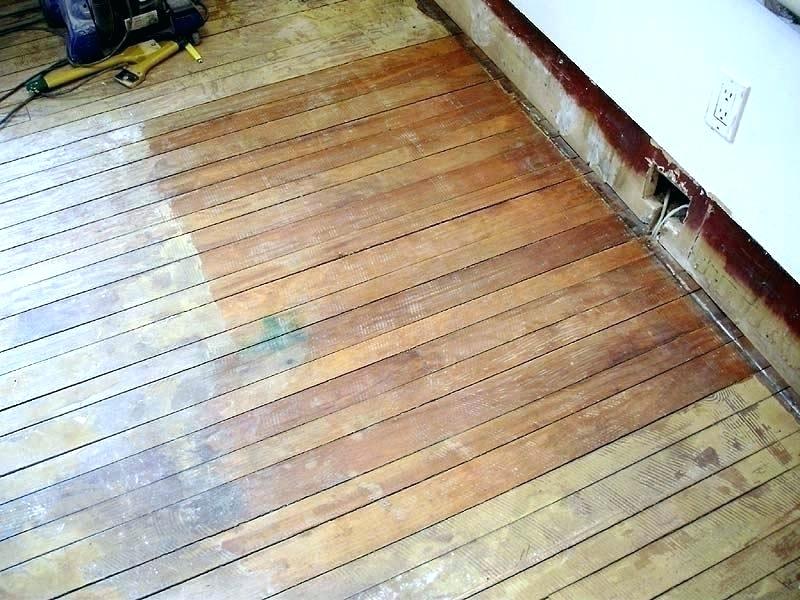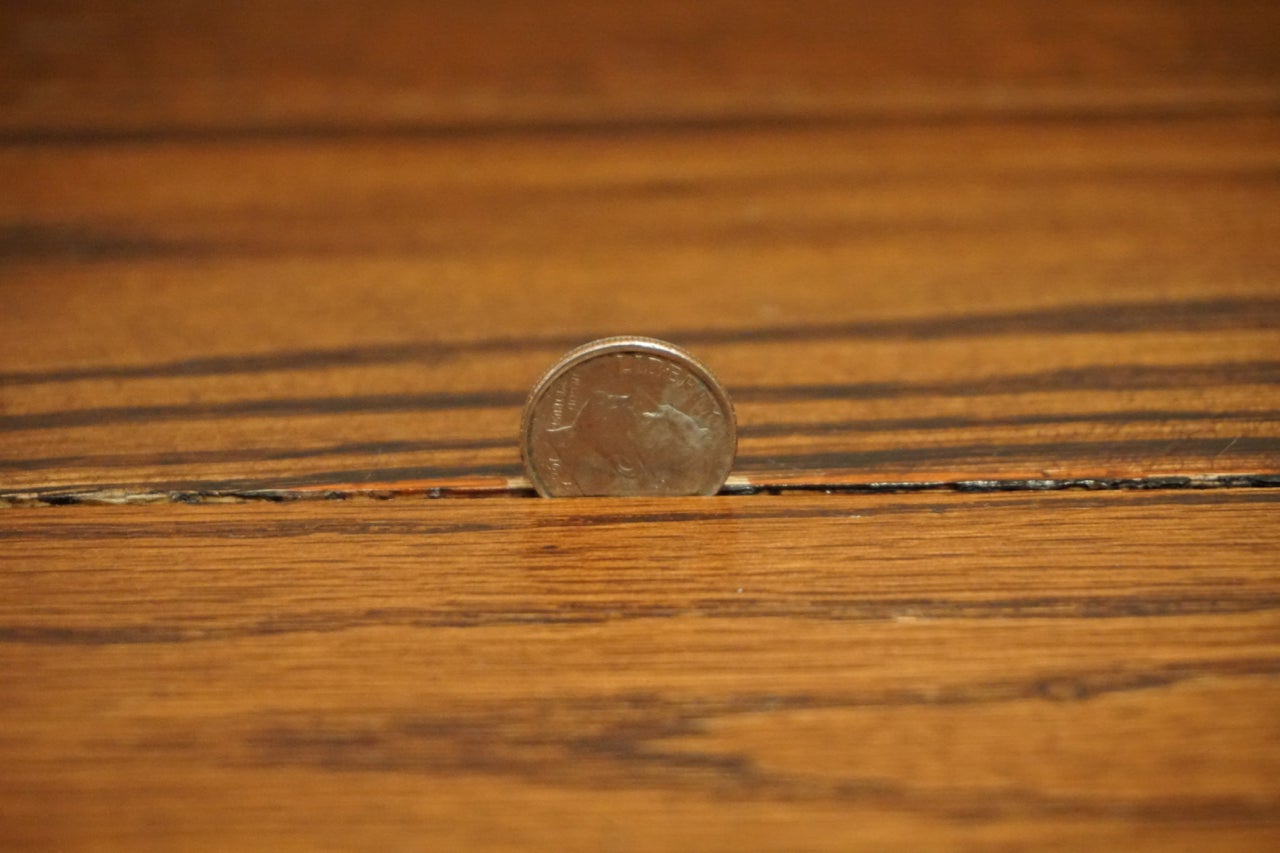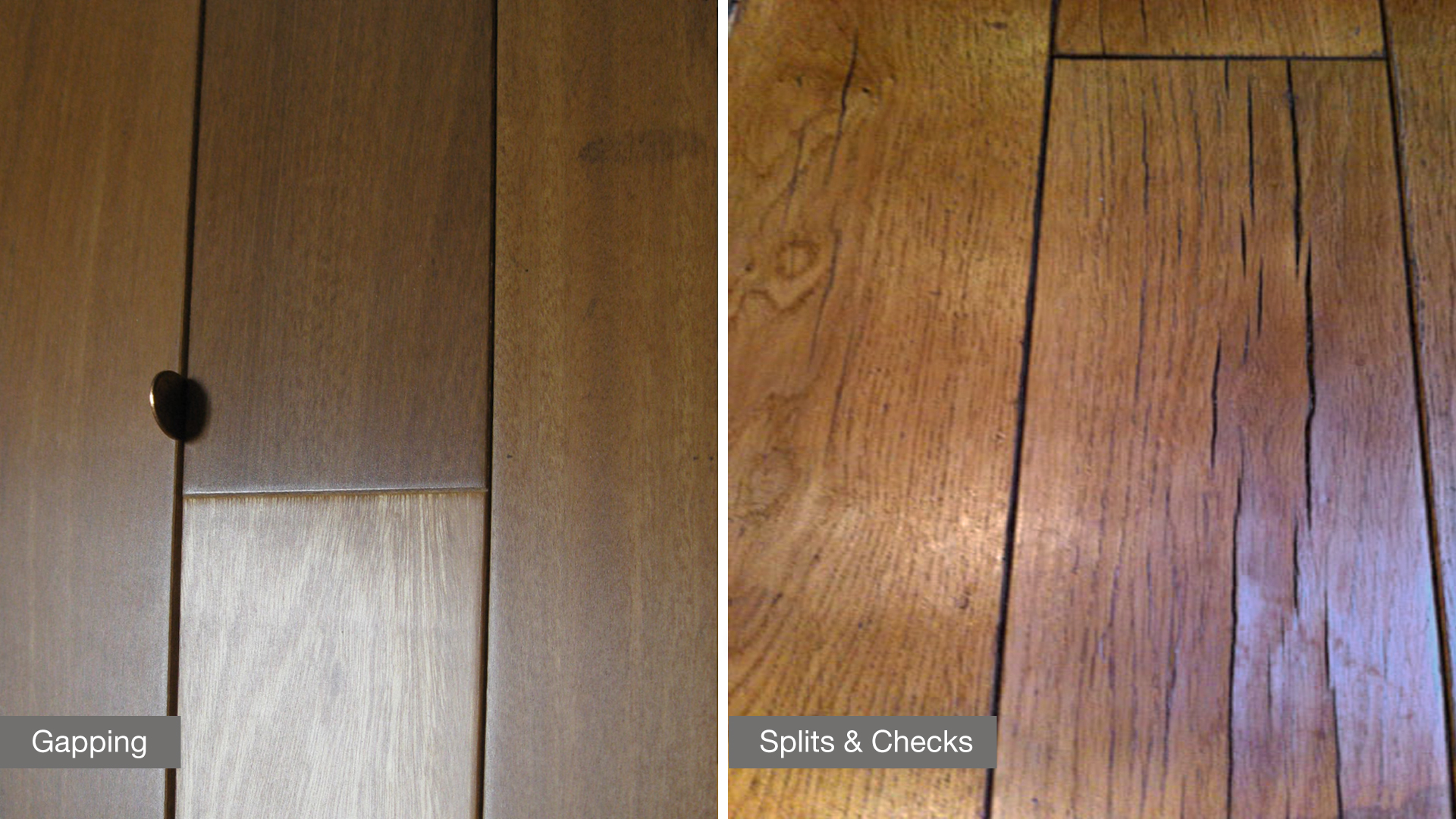Hardwood floors are a beautiful addition to any home, but over time, gaps between planks can form and detract from the overall appearance of your flooring. Fortunately, repairing these gaps is a simple process that can be done with the right tools and materials. In this article, we’ll discuss the causes of hardwood floor gaps and how to repair them so you can keep your home looking great for years.
Identify the Cause of the Gaps
Before you can repair the gaps in your hardwood floor, you need to identify the cause. In some cases, gaps occur due to changes in humidity levels in your home, which can cause the planks to shrink. Nails or staples may have come loose in other cases, allowing the planks to separate. Whatever the cause, identifying it is the first step in repairing the gaps and ensuring that they don’t recur in the future.
Fill Gaps with Wood Putty
If the gaps in your hardwood floor are caused by shrinking planks, the best solution is to fill them with wood putty. Wood putty is a unique material that is designed specifically for this purpose. To use it, fill each gap with putty, then use a flat edge to scrape away any excess. You’ll be left with a smooth surface that looks just like the rest of your floor.
Replace Loose Nails or Staples
If the gaps in your hardwood floor are caused by loose nails or staples, you’ll need to remove them and replace them with longer screws or nails. Use a drill or hammer to drive the new nails or screws into the planks until they are flush with the floor. Once done, you can fill any remaining gaps with wood putty.
Sand and Refinish Your Hardwood Floor
Once you’ve filled all the gaps and allowed the putty to dry, you can finish your repair job by sanding and refinishing your hardwood floor. Sanding removes any excess putty and smooths out the floor’s surface, while refinishing restores its shine and luster. With the right tools and materials, this process is quick and easy, and your hardwood floor will look just like new once again.
Prevent Future Gaps
To prevent gaps from forming in your hardwood floor in the future, you can take a few steps. First, maintain a consistent humidity level in your home to prevent the planks from shrinking or expanding. Second, avoid wearing high heels or other shoes that can scratch or dent the surface of your floor. Finally, regularly clean and maintain your hardwood floor to keep it looking great for years to come.
Gaps in your hardwood floor can be unsightly and detract from the overall value of your home. Fortunately, repairing them is a simple process that can be done with the right tools and materials. By filling gaps with wood putty, replacing loose nails or staples, and sanding and refinishing your hardwood floor, you can keep your home looking great for years. With proper maintenance and care, your hardwood floor will remain a beautiful and valuable addition to your home for many years.
Hardwood Flooring Gaps

Why Does My Hardwood Floor Have Gaps?
Seasonal Expansion and Shrinkage in Hardwood Floors – Impressions
EEK! MY HARDWOOD FLOOR HAS GAPS! u2014 Valenti Flooring
Dealing with Gaps in Hardwood Floors
When to be concerned about the gaps in your hardwood floor
EEK! MY HARDWOOD FLOOR HAS GAPS! u2014 Valenti Flooring
How to Fill Gaps In a Wide-Plank Wood Floor – This Old House
How to Deal with Gaps in Hardwood Floors After Installation
How to Fix Floating Floor Gaps the Easy Way
Hardwood Floor Gaps u0026 Cracks – Why? How To Fix?
Related Posts:
- Hardwood Floor In A Kitchen
- Engineered Hardwood Flooring
- Rustic Oak Hardwood Flooring
- Parquet Hardwood Flooring
- Hardwood Floor Duster
- Homemade Hardwood Flooring
- Hardwood Floor Stain Colors
- Hardwood Floor Repair DIY
- Dark Hardwood Flooring Ideas
- Hardwood Floor Installation DIY
What causes hardwood flooring gaps?
Hardwood flooring gaps can be caused by a variety of factors, including improper installation, seasonal humidity changes, inadequate expansion space, and poor subfloor preparation. Improper installation can cause gaps in the floor due to insufficient nailing. If the installer didn’t leave enough space between the boards for seasonal expansion, gaps will occur. Poor subfloor preparation can also lead to gaps. If the subfloor is not properly sanded or leveled, there will be unevenness in the floor which can cause gaps. Lastly, changes in humidity can lead to gaps due to the natural expansion and contraction of hardwood.





/cdn.vox-cdn.com/uploads/chorus_asset/file/19616435/gaps_xl.jpg)


